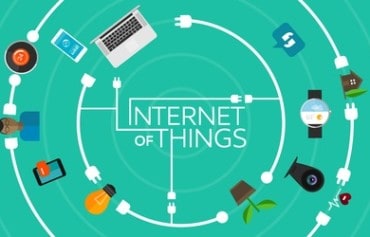
By 2020, a quarter billion connected vehicles will enable new, in-vehicle services and automated driving capabilities. RTInsights blogger David Linthicum offers new reasons about why connected car technology is something that will enhance our driving experience.
IT research and advisory company Gartner predicts that a quarter billion connected vehicles will enable new, in-vehicle services and automated driving capabilities by 2020. Indeed, this is certainly not a hard trend to predict as most of us already use connected navigation systems and streaming music services—either from our cell phones or built right into our cars.
Back in the 1990s, I worked with a major car manufacturer on what would be the vision for the connected car. The idea was not regarding streaming music services and navigation systems but regarding a car that could diagnose its own issues, determine if certain components were likely to fail—even analyze the capabilities of the driver.
These days, the connected car is quickly evolving. Most car manufacturers have major R&D teams focused on building new features into cars and many follow the following five concepts:
1. Connected entertainment, including video and audio: Very much the standard in cars today.
2. Connected navigation systems: The use of systems such as Waze (which crowdsources traffic information and automatically adjusts your route based upon that information) are becoming the standard. These systems can also tell you where the police are hiding so you can avoid tickets.
3. Engine monitoring and reporting systems: Your engine has been monitored and controlled by computers for years. Now that information can be sent up to a cloud service and diagnosed to determine patterns that may indicate the forthcoming failure of a component. This allows drivers to be proactive and reactive when it comes to the repair.
4. Safety systems monitoring: When your tires are underinflated, your brakes are about to hit metal or when you drive erratically, you’ll be notified. Again, the focus is on being proactive.
5. Theft deterrent systems: Steal a connected car and you will be as good as caught. As this technology gets into most vehicles, auto theft will be a thing of the past.
Of course, there are concerns about privacy. If your driving is being monitored, insurance companies would love to have that information. But some people provide it voluntarily, with the objective to obtain discounts for good driving.
Just as we have to deal with privacy regarding carrying smartphones, we need to make sure that security and privacy are protected with our vehicles, otherwise the technology won’t be accepted. The connected car will know a great deal about us including our current location, frequent destinations, driving habits—even the type of music you like to listen to. As the technology becomes more commonplace, regulations and policies need to be put in place.
The connected car won’t just show up at an auto show in a few years; it’s evolving today, with features that we can obtain right now. Once thought to be a feature in high-end cars, connected technology is rather inexpensive these days. We’ll find it in $15,000 economy boxes to $120,000 super cars. It will become systemic.
Overall, this is good technology that will enhance our driving experience and our safety. We just need to stand back and let it happen.
Want more on this topic?
Research from Gartner: Real-Time Analytics with the Internet of Things
From the Center to the Edge: The IoT Decentralizes Computing
For Manufacturers, IoT Means the ‘Internet of Tools’
Becoming an ‘Always On’ Smart Business
Liked this article? Share it with your colleagues using the links below!





























